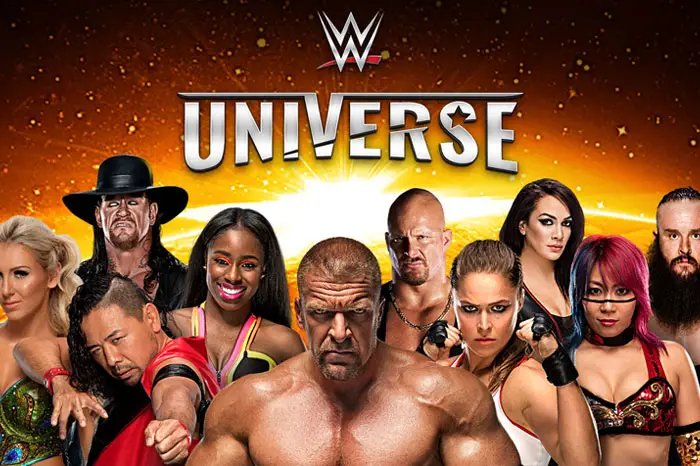
In 1980, the son of Vincent J. McMahon, Vincent K. McMahon, founded Titan Sports, Inc. and in 1982 purchased Capitol Wrestling Corporation from his father. The elder McMahon had long since established the northeastern territory as one of the most vibrant members of the NWA. He had long since recognized that professional wrestling was more about entertainment than actual sport. Against his father’s wishes, McMahon began an expansion process that would fundamentally change the sport, and place both the WWF – and his own life – in jeopardy.
The WWF was not the only promotion to have broken ranks with the NWA; the American Wrestling Association (AWA) had long ago ceased being an official NWA member (although like the WWF, they seldom left their own territory). But in neither instance did the defecting member attempt to undermine, and destroy, the territory system that had been the foundation of the industry for more than half a century.
Other promoters were furious when McMahon began syndicating WWF television shows to television stations across the United States, in areas outside of the WWF’s traditional northeastern stronghold. McMahon also began selling videotapes of WWF events outside the Northeast through his Coliseum Video distribution company. He effectively broke the unwritten law of regionalism around which the entire industry had been based. To make matters worse, McMahon would use the income generated by advertising, television deals, and tape sales to poach talent from rival promoters. Wrestling promoters nationwide were now in direct competition with the WWF.
The first step in McMahon’s attempt to go national was to sign AWA superstar Hulk Hogan, who, due to his appearance in Rocky III had a national recognition that few other wrestlers could manage. To play Hogan’s nemesis, he signed North Carolina badboy Roddy Piper, and also another bodybuilder in the “Superstar” Billy Graham mold, Jesse Ventura, although Ventura rarely wrestled in the WWF at that point due to the lung disorder that caused his retirement, moving to the commentator booth alongside Gorilla Monsoon. McMahon built a superstar roster consisting of these men on top, in addition to New York mainstays like André the Giant, Jimmy Snuka and Don Muraco, and wandering journeymen like Paul Orndorff, Greg Valentine, Ricky Steamboat and The Iron Sheik. It has long been a point of contention whether McMahon could have gone national without Hogan’s presence.
According to several reports, the elder McMahon warned his son: “Vinny, what are you doing? You’ll wind up at the bottom of a river.” In spite of such warnings, the younger McMahon had an even bolder ambition: the WWF would tour nationally. However, such a venture required huge capital investment; one that placed the WWF on the verge of financial collapse.
The future of not just McMahon’s experiment, but also the WWF, the NWA, and the whole industry came down to the success or failure of McMahon’s groundbreaking concept, WrestleMania. WrestleMania was a pay-per-view extravaganza (in some areas; most areas of the country saw WrestleMania available on closed-circuit television) that McMahon marketed as being the Super Bowl of professional wrestling.
The concept of a wrestling super card was nothing new in North America; the NWA had been running StarrCade a few years prior to WrestleMania, and even the elder McMahon had marketed large Shea Stadium cards viewable in closed-circuit locations. However, McMahon wanted to take the WWF to the mainstream, targeting the public who were not regular wrestling fans. He drew the interest of the mainstream media by inviting celebrities such as Mr. T and Cyndi Lauper to participate in the event. MTV, in particular, featured a great deal of WWF coverage and programming at this time, in what was termed the Rock ‘n’ Wrestling Connection.

